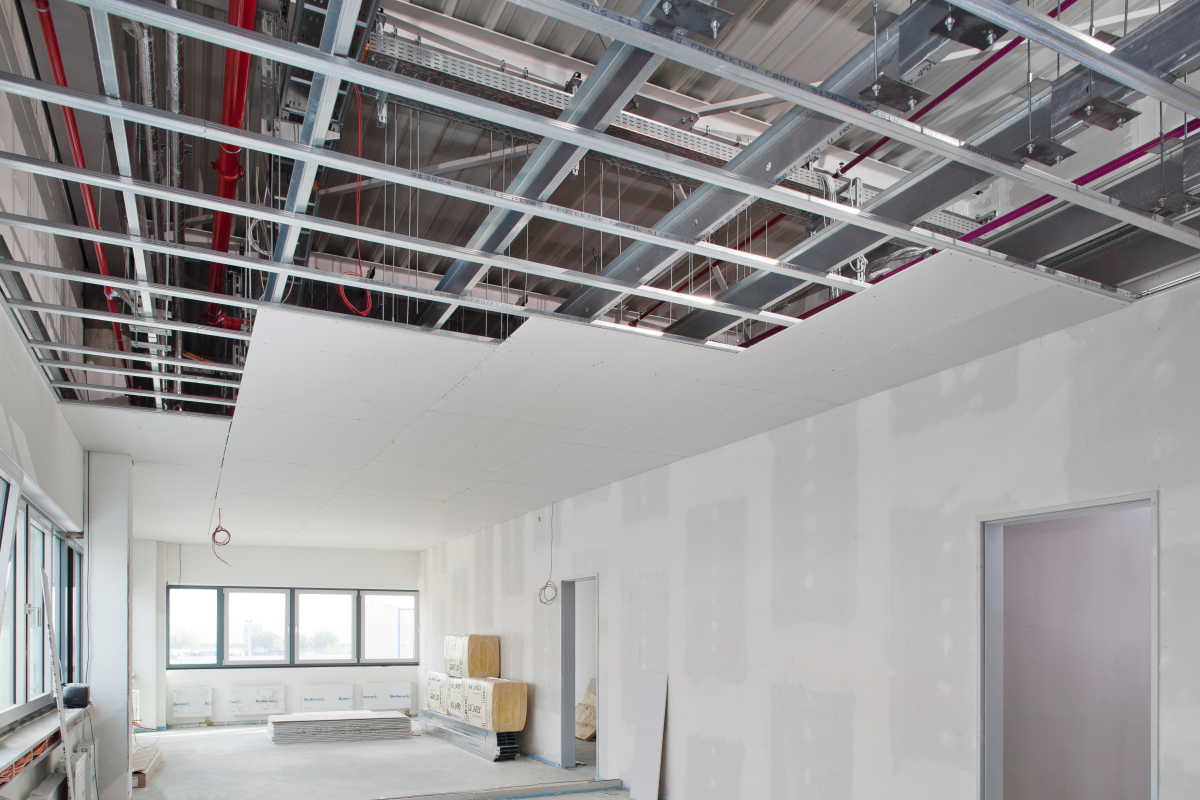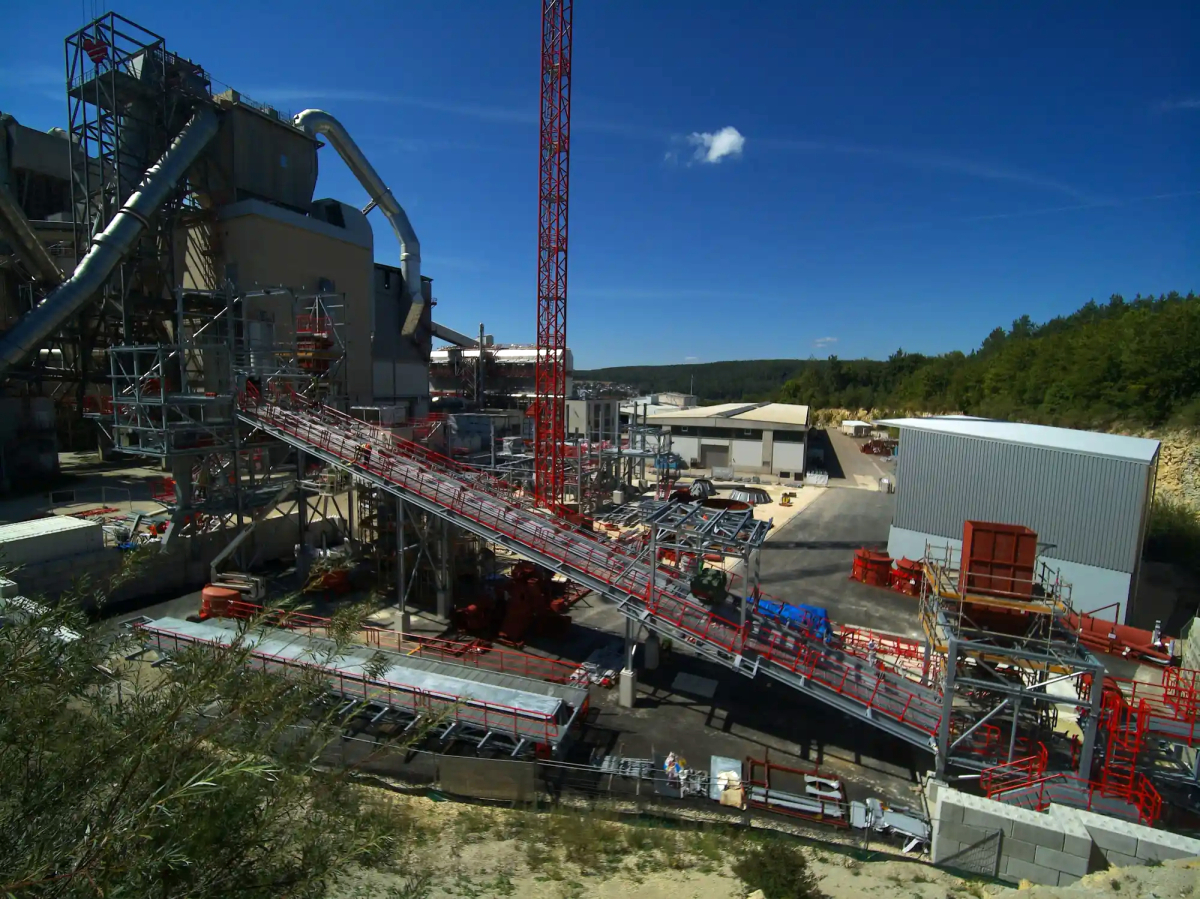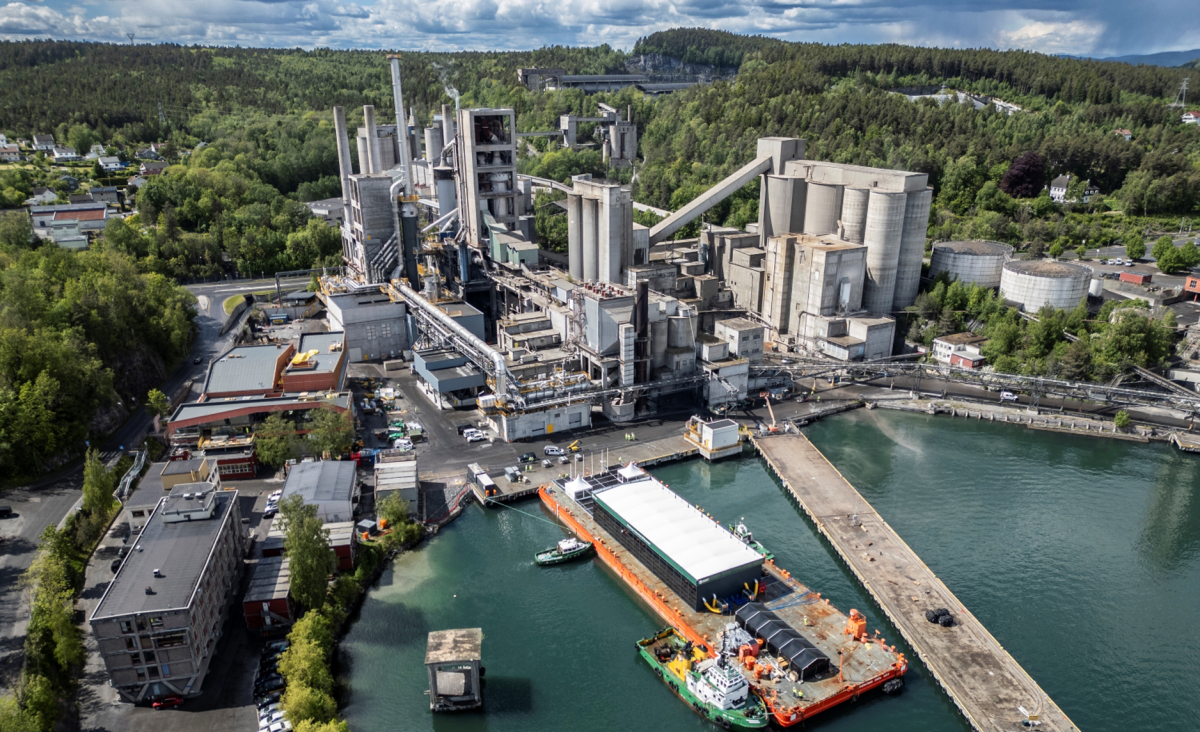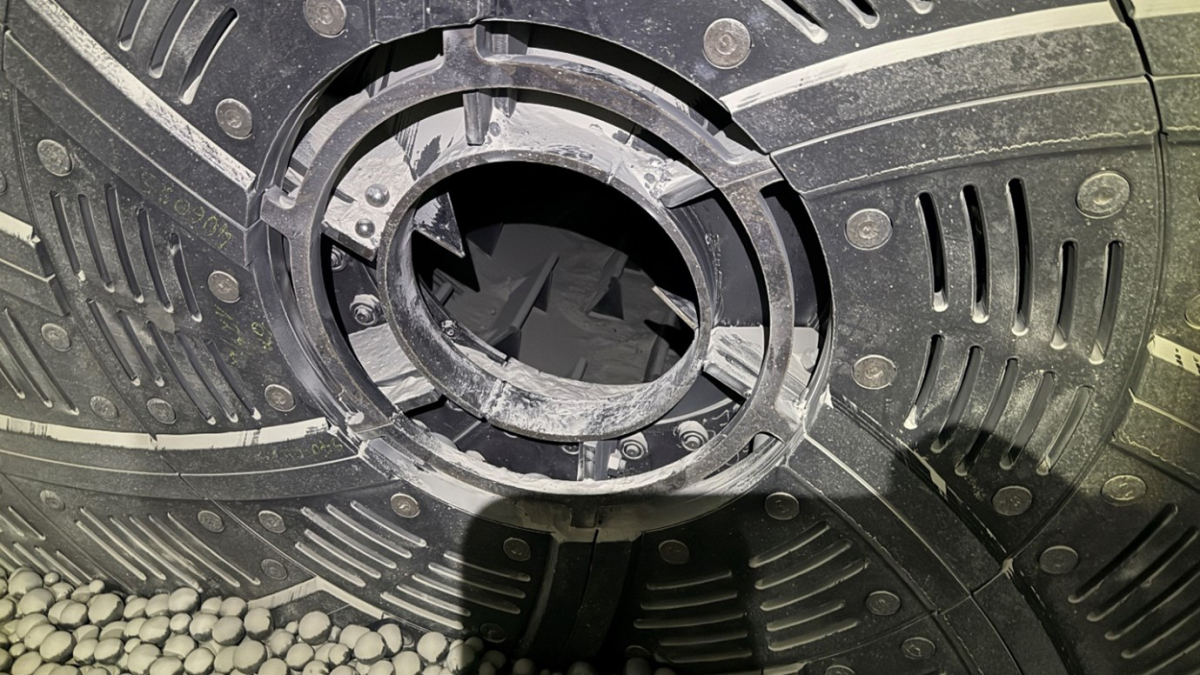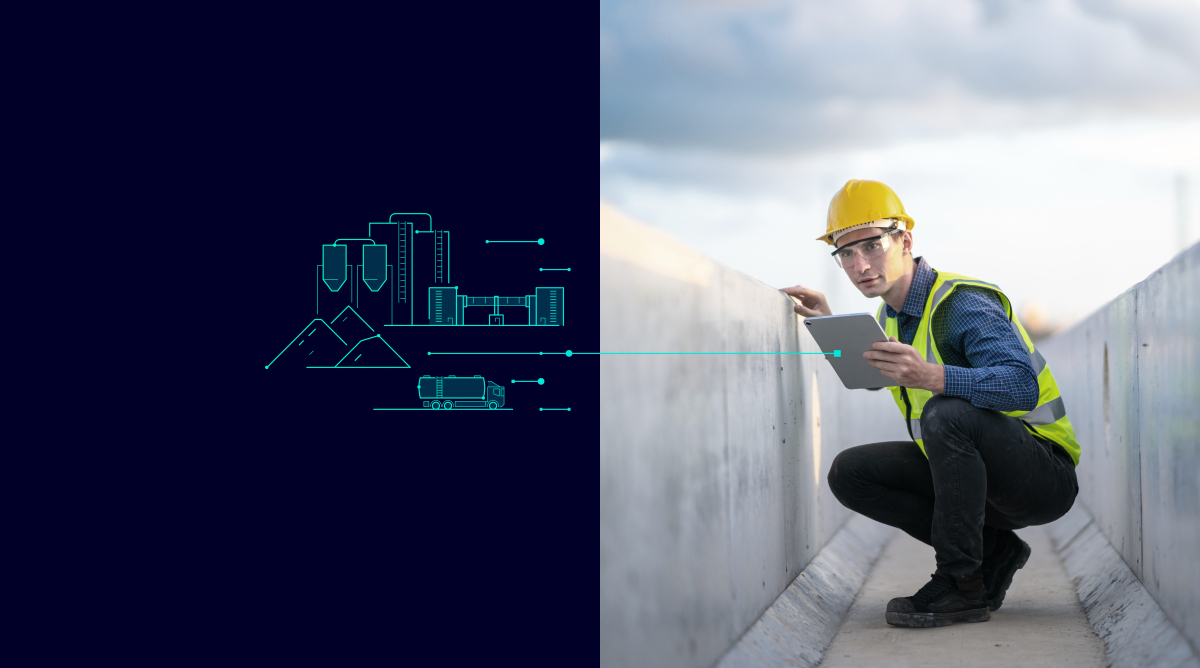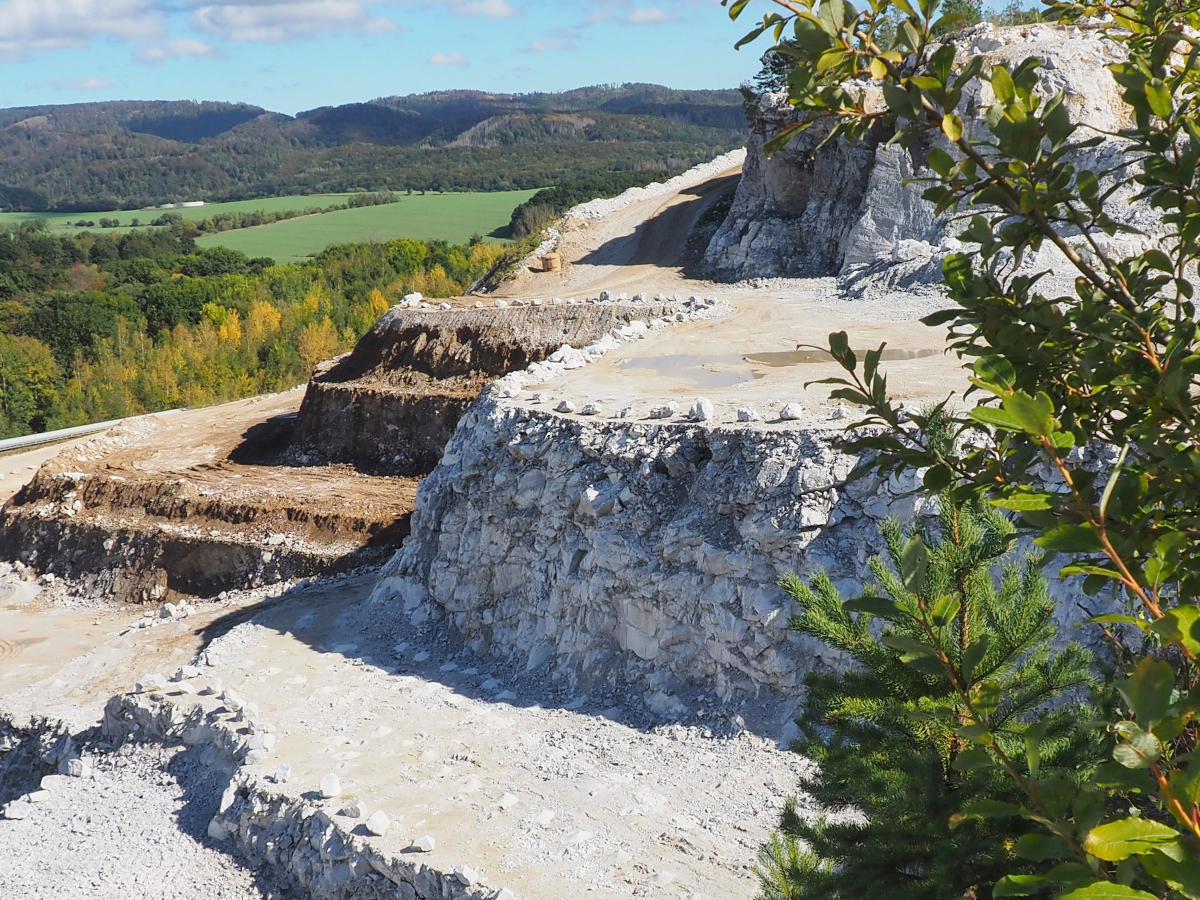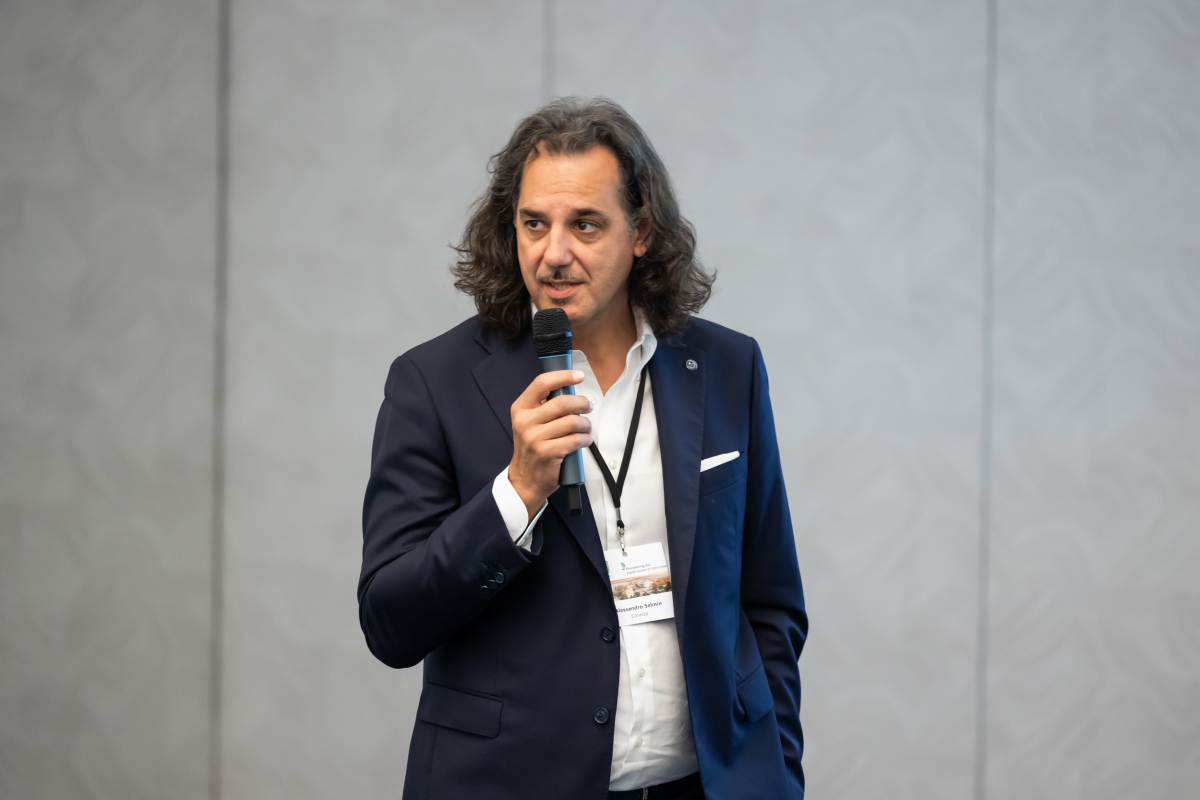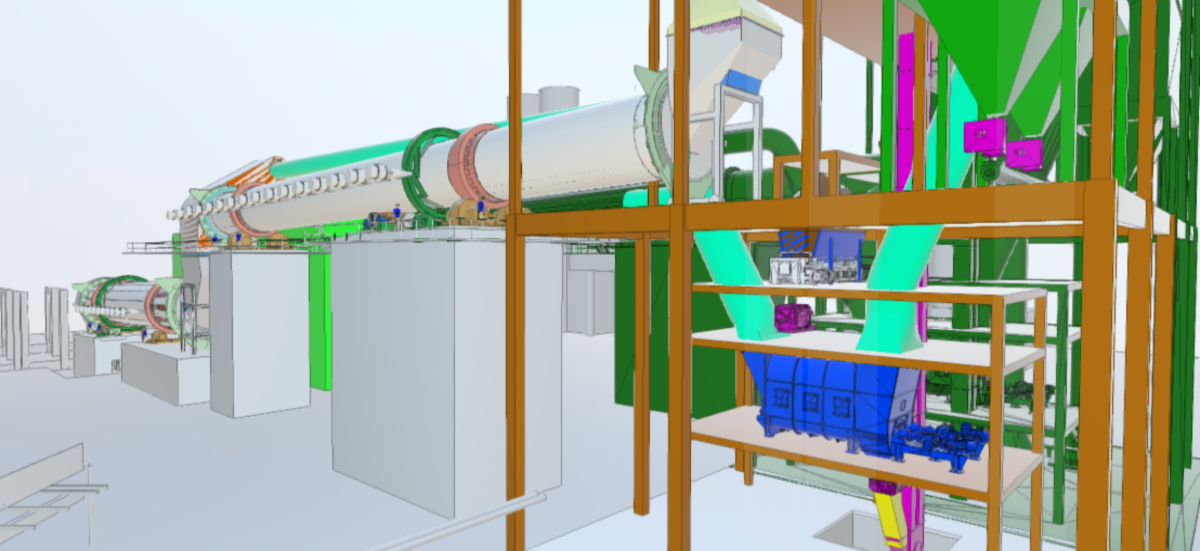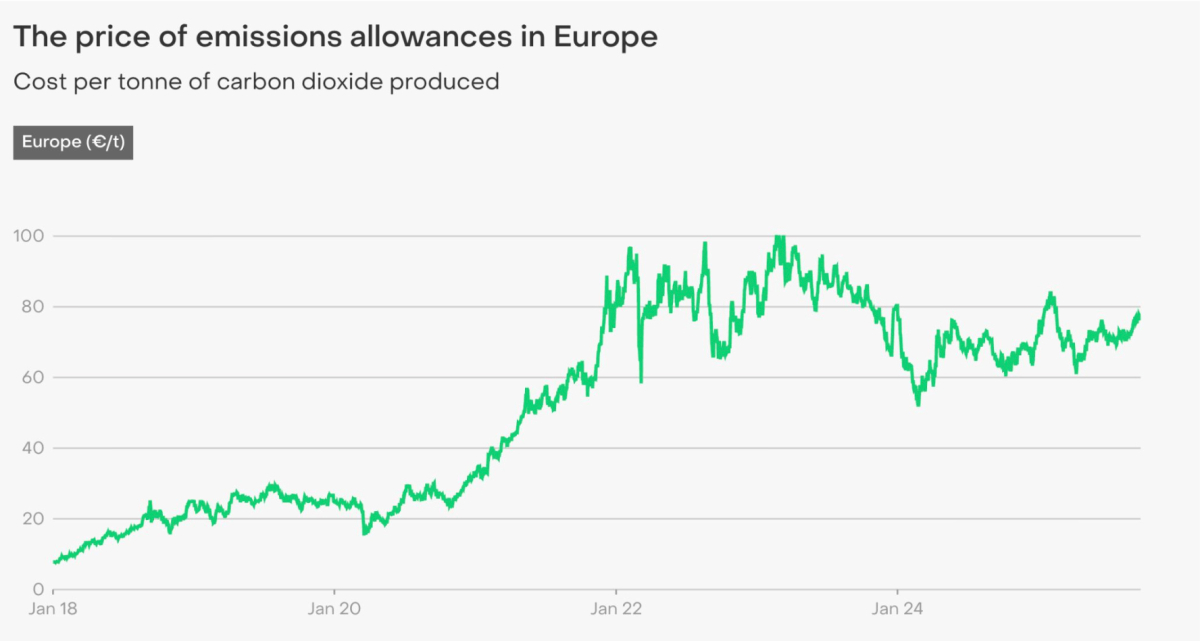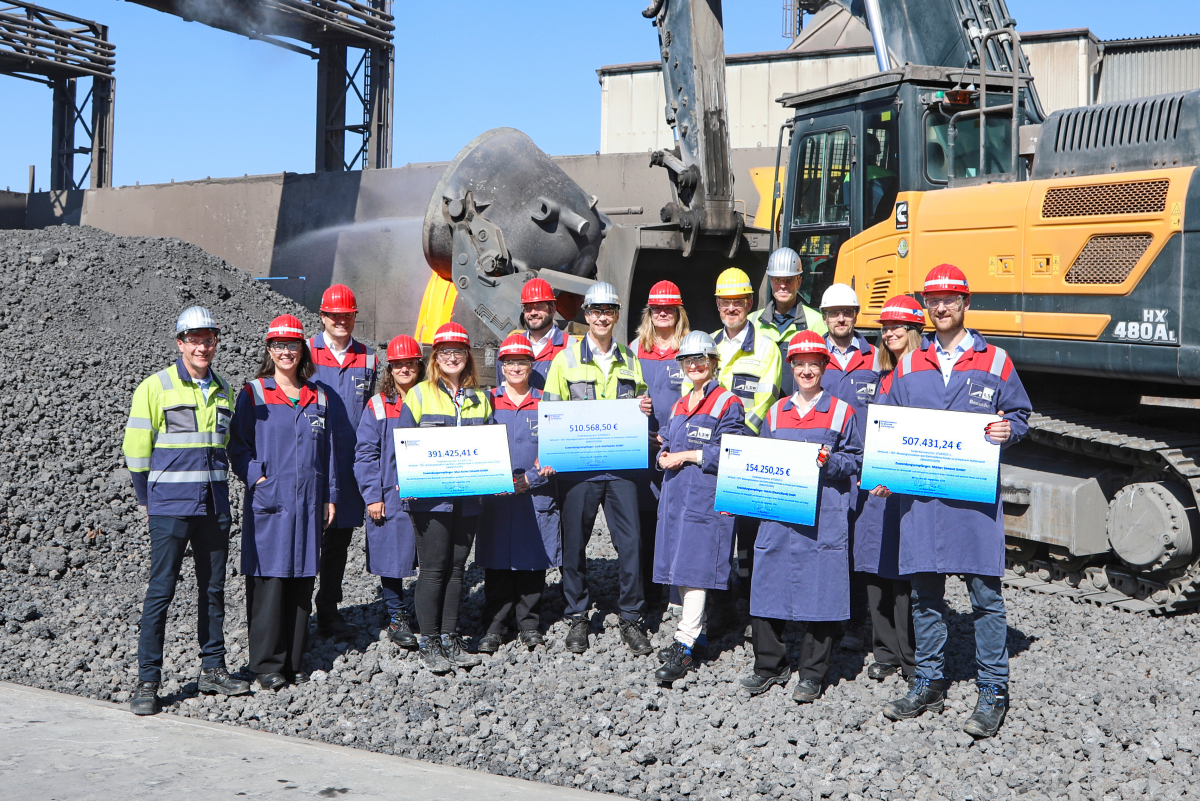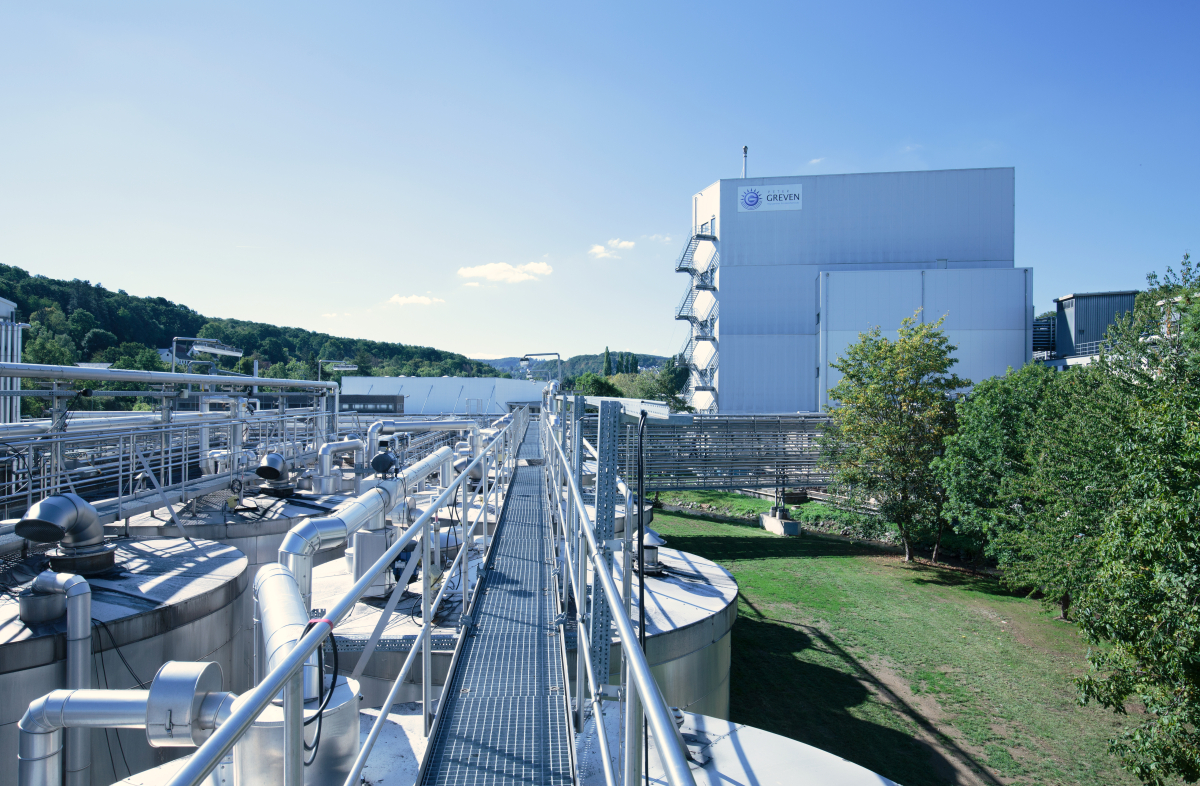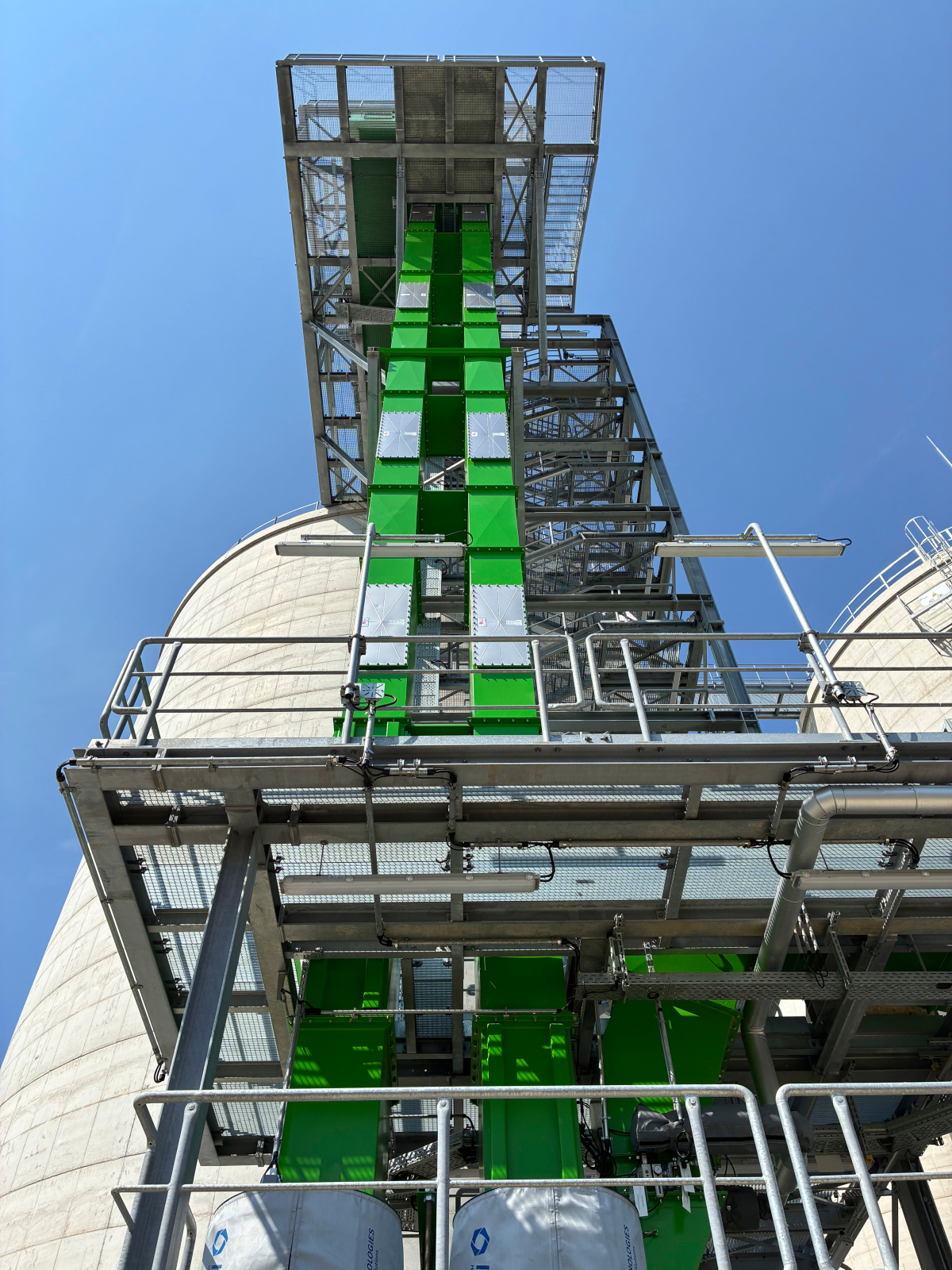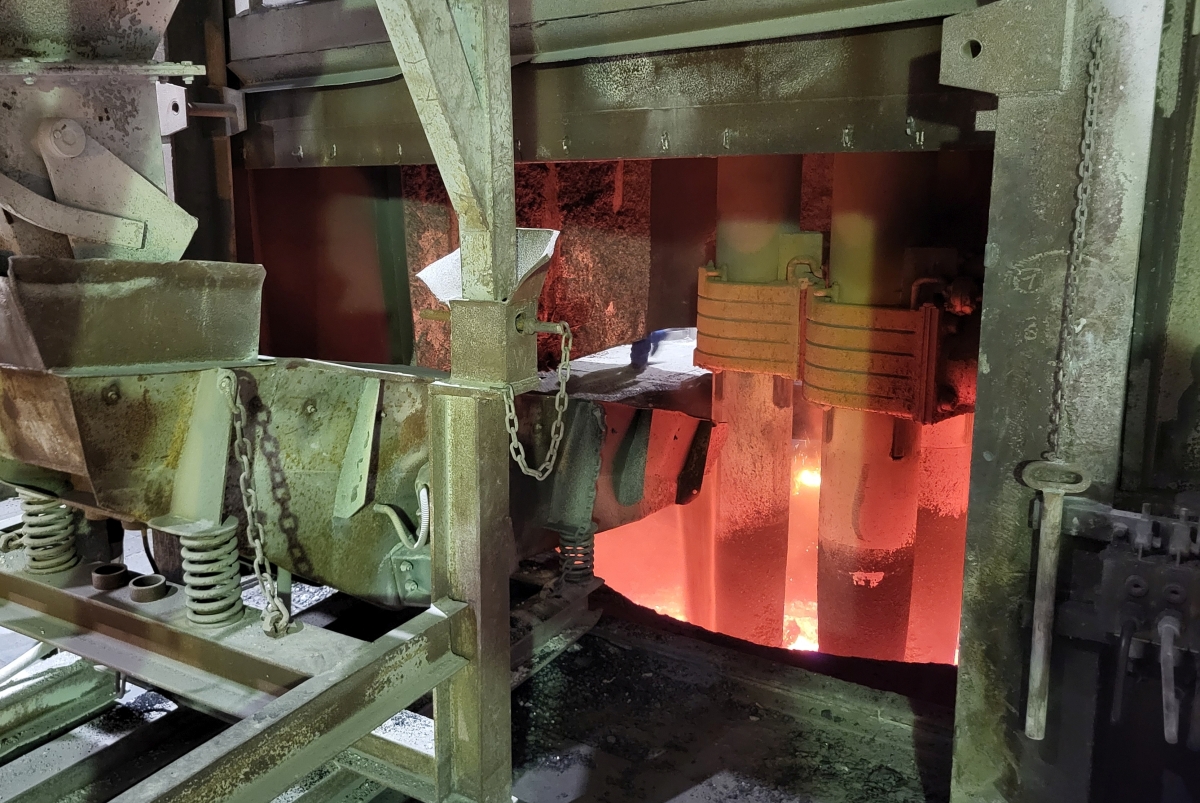In many industrial sectors, every effort is currently being made to pave the way for CO 2 neutrality by 2035. In an interview with ZKG, Till H. Iseke, Managing Director of Kalkwerke H. Oetelshofen GmbH & Co. KG, and Martin Pietrowski, Managing Director of Black Capture, take stock of how the pilot plant for CO 2 capture has affected processes at the lime plant after six months and venture a look ahead at further joint goals and the future of the lime industry.
more
